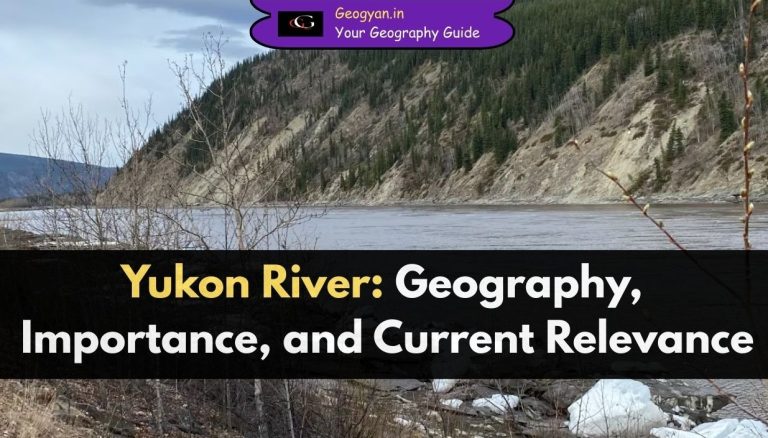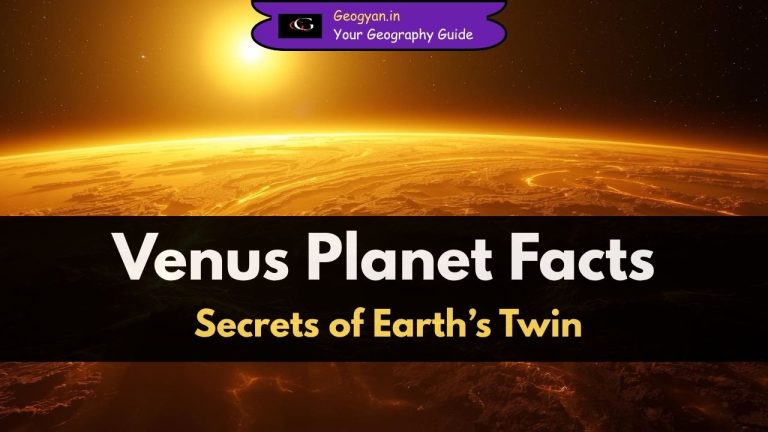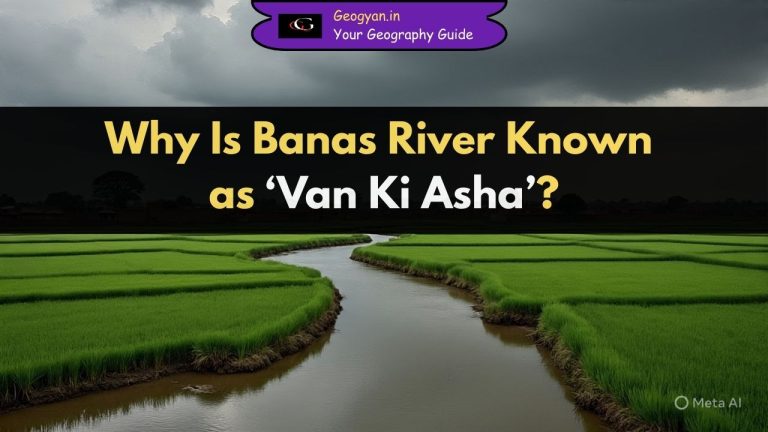Fog is a fascinating weather phenomenon that often shrouds landscapes in mystery and beauty. It is essentially a cloud that forms at ground level when the air near the surface cools to its dew point, leading to condensation. Fog formation is influenced by various atmospheric conditions such as humidity, temperature, and wind speed. The presence of pollutants and topographical features also play a crucial role in its development. This post explores the various types of fog, their formation mechanisms, and their significance.

What is Fog?
Fog is a visible mass of tiny water droplets or ice crystals suspended in the air near the Earth’s surface. It reduces visibility and is a crucial factor in weather forecasting, transportation, and environmental studies. Fog can form in different ways, primarily depending on the cooling of the air or the addition of moisture. Understanding these processes is essential for forecasting and mitigating its impact on daily activities.
Types of Fog
Fog can be categorized based on its formation process. The major types include:
1. Advection Fog
Advection fog occurs when moist air moves over a colder surface, causing the air to cool below its dew point. It is common in coastal areas where warm, moist air from the ocean moves over cooler land or water. This type of fog can persist for long periods and cover large areas.
For example, in coastal regions such as California and the Grand Banks of Newfoundland, advection fog is a frequent occurrence due to the mixing of warm and cold air masses over the ocean. Sea fog, a subset of advection fog, forms when air moves over cold upwelling waters, significantly reducing visibility for maritime activities.

2. Radiation Fog (Ground or Valley Fog)
This type of fog forms during clear, calm nights when the ground loses heat rapidly through radiation. As the air near the surface cools, it reaches saturation and forms fog. It is prevalent in valleys and low-lying areas where cool air settles due to gravity. Radiation fog is common in autumn and winter when nights are longer, allowing for prolonged cooling.
It is often shallow but can become dense and persist for several hours after sunrise, especially when there is limited wind to disperse it. In valleys, such as those in the Appalachian and Himalayan regions, radiation fog can be particularly thick and long-lasting.

3. Upslope Fog (Cheyenne Fog)
Upslope fog forms when air is lifted along a slope, cooling adiabatically until it reaches saturation. It is common along mountainous regions where moist air is forced to ascend. This type of fog is frequent along the eastern slopes of the Rocky Mountains, where it forms due to prevailing easterly winds.
The strength of the upslope flow determines the density and extent of the fog. When winds exceed 10-12 knots, upslope fog often transitions into low stratus clouds rather than remaining as fog.

4. Steam Fog (Arctic Sea Smoke)
Steam fog occurs when cold air moves over a warm water surface. The water evaporates into the cold air, saturating it and forming fog. This type is commonly observed over lakes and rivers during autumn and early winter. It is especially prominent in polar and subpolar regions, where it is known as Arctic sea smoke.
Steam fog often appears as rising wisps of vapor and is most intense when the temperature contrast between the water and air is significant. Visibility in steam fog can be as low as 300 meters (3/16 mile) in extreme conditions.
5. Frontal Fog
Frontal fog is associated with weather fronts and can be divided into three types:
- Warm-front pre-frontal fog
- Cold-front post-frontal fog
- Frontal-passage fog
It forms when rain falls into a colder air mass, increasing the moisture content and leading to fog formation. Warm-front fog is the most common and can cover large areas ahead of an approaching front. Post-frontal fog, on the other hand, is less frequent and usually forms behind slow-moving cold fronts, where stable air leads to widespread low visibility.
6. Ice Fog
Ice fog consists of tiny ice crystals instead of water droplets and forms in extremely cold conditions (below -29°C or -20°F). It is commonly observed in Arctic regions and urban areas where human activities add moisture to the air. Ice fog is most prominent in locations such as Fairbanks, Alaska, where vehicle exhaust, industrial emissions, and steam vents contribute to its formation. The presence of a strong low-level temperature inversion traps moisture near the surface, intensifying ice fog and reducing visibility significantly.
Factors Influencing Fog Formation
Several factors contribute to fog formation, including:
- Temperature and dew point proximity – When air temperature approaches its dew point, condensation occurs, forming fog.
- Moisture availability – Increased humidity from precipitation, evaporation, or moisture advection enhances fog formation.
- Wind speed – Light winds favor radiation fog, whereas strong winds dissipate fog or transition it into stratus clouds.
- Geographical location – Valleys, coastal areas, and mountainous regions frequently experience fog due to topographical influences.
- Air stability – Stable atmospheric conditions promote fog persistence, whereas turbulence can lead to its dissipation.
Fog Dissipation
Fog dissipates when:
- The air warms up, increasing its capacity to hold moisture.
- Dry air mixes with fog, reducing its density.
- Wind speeds increase, dispersing the fog layer.
- Advection of drier air replaces moist air, reducing condensation.
- Solar radiation heats the ground, raising temperatures and lifting fog into stratus clouds.
Conclusion
Understanding fog and its types is crucial for meteorology, aviation, and environmental studies. By studying the conditions that lead to fog formation, we can better predict its occurrence and mitigate its impacts on transportation and daily life. Various forecasting techniques, including analyzing synoptic weather patterns, terrain influences, and humidity levels, help in predicting fog behavior. Knowledge of fog is particularly valuable in aviation, where low visibility conditions can affect flight operations.





























